It’s just over 20 years since the completion of the human genome project, which determined the chemical make-up of (almost) our entire genetic code and paved the way for many medical breakthroughs, as well as gene-editing technology.
Having read and edited the genetic code, scientists now want to write it. Recent progress in creating the synthetic genome of yeast and of the bacterium, Escherichia coli, have persuaded the global medical charity, Wellcome, that it’s time to take on the bigger challenge of synthesising the human genome in the lab.
The work promises to transform our understanding of fundamental biological processes, such as how genes are turned on and off, and disease. Genome synthesis allows for changes at a larger scale than with gene editing, and to discover causal relationships between DNA and human characteristics.
What is the Synthetic Human Genome Project?
The Synthetic Human Genome Project (SynHG) will take decades to complete and cost anything from millions to hundreds of millions of pounds. By contrast, just reading the human genome cost around $3 billion (£2.2 billion) and took 13 years.
Wellcome, which helped fund the original human genome project, is providing £10 million to researchers at the universities of Cambridge, Kent, Manchester, Oxford and Imperial College. Over the next five years they hope to recreate one small chromosome – amounting to around 2% of human DNA. Which chromosome remains to be decided, as researchers focus on establishing the methods to write and assemble DNA.
Why bother recreating the human genome from scratch?
It’s what scientists could deliver along the way to synthesising the human genome that interests Wellcome. The work should aid the development of new technologies and methods that could be routinely used to put long sections of DNA into human cells to enable drug screening and new cell therapies. There is also the hope that it will help scientists understand how mutations within whole genes or regions of multiple genes give rise to complex disease.
Developing the tools to synthesise a human genome should also transfer to working with other complex genomes, such as plants’. For example, researchers might be able to engineer plant species to better deal with extremes of climate, so protecting food security.
What are the hurdles to recreating the entire human genome?
Synthesising just those 50 million base pairs of nucleotides for the first small chromosome, out of the three billion that make up the genome, means overcoming many obstacles. One of these is cost. Unlike DNA sequencing, where costs have plummeted, synthesis is expensive – both in terms of screening for errors and isolating correctly synthesised DNA, as well as the volume of organic solvents required. Some companies are working on reducing the chemical waste that arises, and using ‘greener’ solvents.
Human DNA includes a lot of non-coding DNA, so-called ‘junk’, where sequences are repeated over and over. They can affect gene activity or have a structural purpose and are hard to synthesise and link together.
Scientists can make a few hundred base pairs at a time with reliable chemical methods, but the longer the sequence the more numerous the errors which have to be screened out. Some companies have designed enzymes to assemble sections of DNA, up to a few thousand bases. Beyond that, DNA can be linked by cloning in bacteria but that process also introduces errors.
How can chemistry help the project?
The researchers hope chemists will be able to make advances to provide long lengths of 20,000 base pairs and beyond so they can focus on developing tools to assemble them. New approaches are required and various commercial providers are in competition to develop sequence synthesis technologies that could both enable the project and reduce the costs. Developing more applications for synthetic nucleotides is also expected to spur technology advances.
What are the ethical implications?
At this stage any synthetic DNA created is only intended for human cells in the lab. These will be from a cell-line derived from retinal pigment epithelium. However, entwined with the scientific development is a social science programme, to address the ethical, legal and social implications of making genomes in the lab. There are concerns about the misuse of the technology, such as the creation of ‘designer’ babies, so the scientists want to get ahead of the advances to ensure there is proper discussion of the social, legal and policy issues.

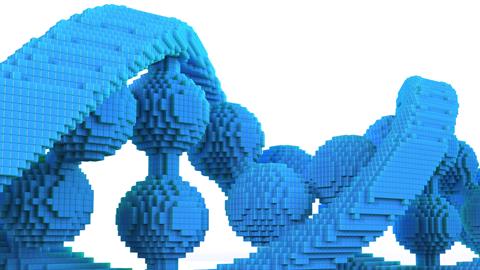

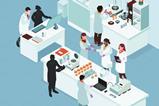

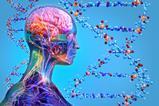

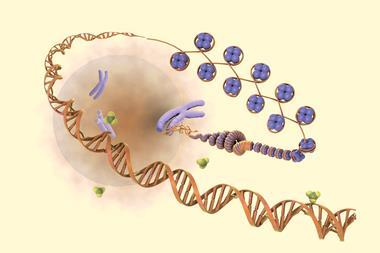
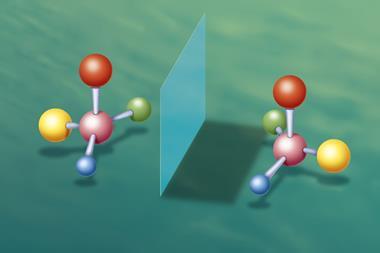

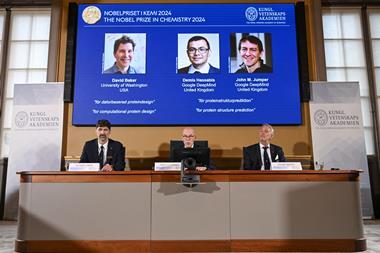
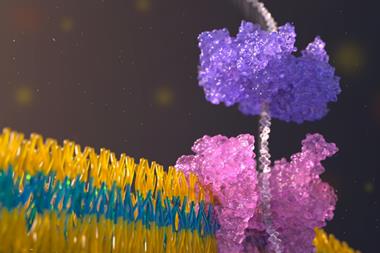
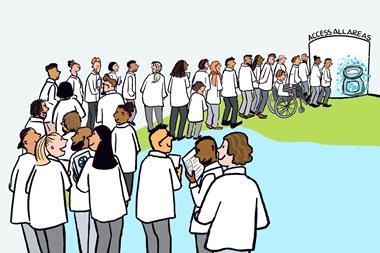

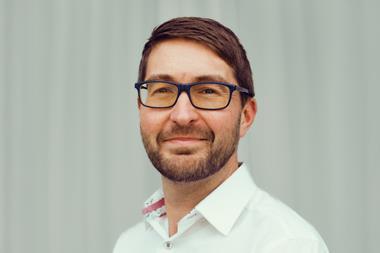

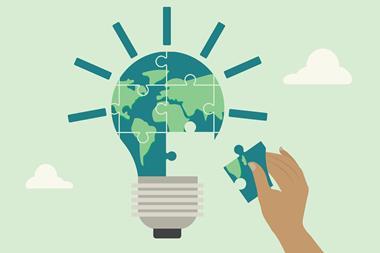

No comments yet